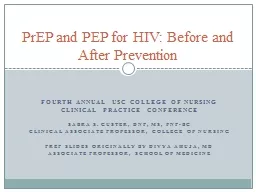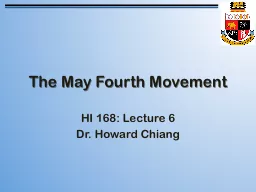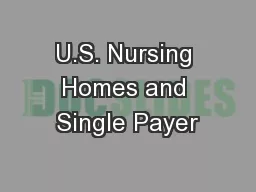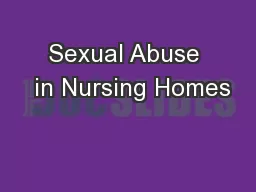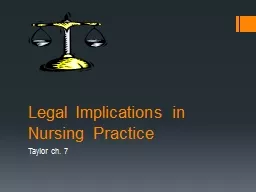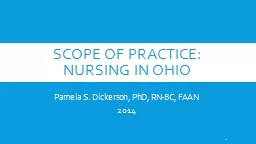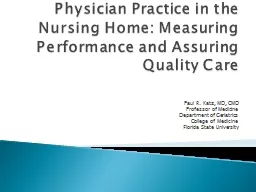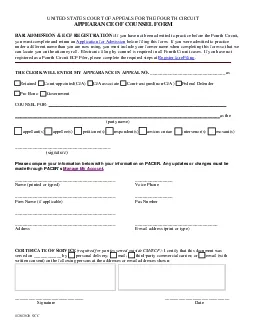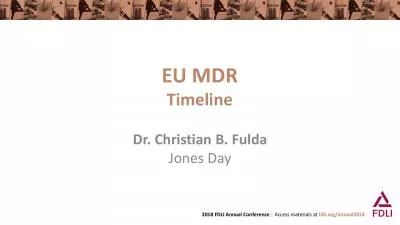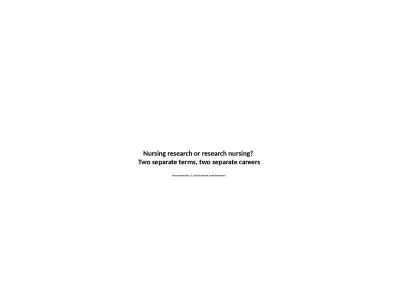PPT-Fourth annual USC college of nursing clinical practice conference
Author : debby-jeon | Published Date : 2019-12-14
Fourth annual USC college of nursing clinical practice conference Sabra S Custer DNP MS FNPBC Clinical associate Professor College of Nursing PrEP slides originally
Presentation Embed Code
Download Presentation
Download Presentation The PPT/PDF document "Fourth annual USC college of nursing cli..." is the property of its rightful owner. Permission is granted to download and print the materials on this website for personal, non-commercial use only, and to display it on your personal computer provided you do not modify the materials and that you retain all copyright notices contained in the materials. By downloading content from our website, you accept the terms of this agreement.
Fourth annual USC college of nursing clinical practice conference: Transcript
Download Rules Of Document
"Fourth annual USC college of nursing clinical practice conference"The content belongs to its owner. You may download and print it for personal use, without modification, and keep all copyright notices. By downloading, you agree to these terms.
Related Documents

